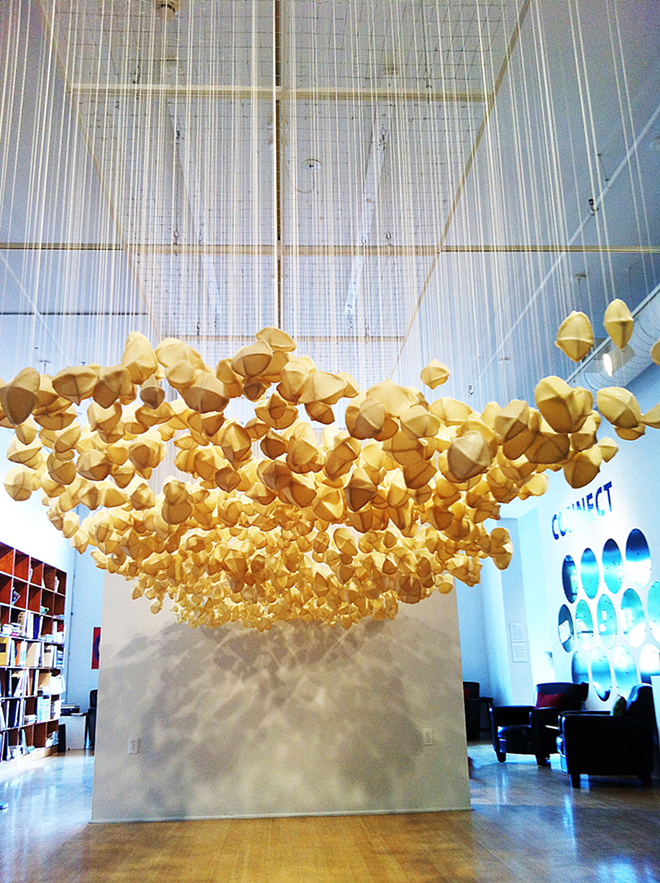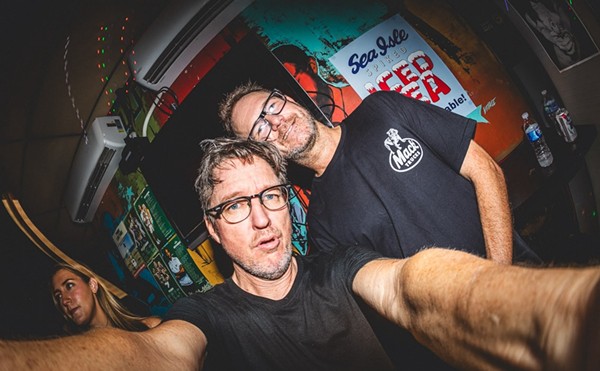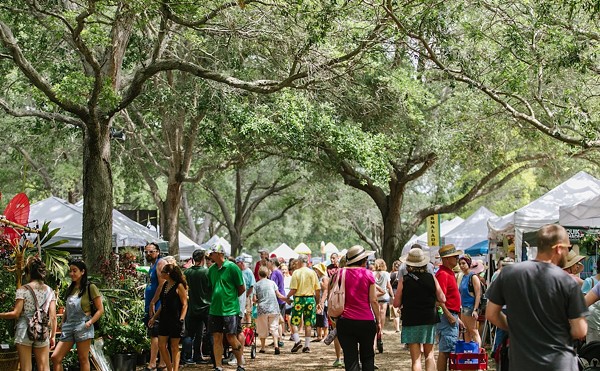
On a wooden board once attached to an ancient Egyptian mummy, a portrait vividly conjures the presence of a person long deceased: a young man with wide brown eyes and a black beard, or a young woman wearing a red tunic and glimmering gold jewelry. How can such portraits — nearly 2,000 years old — still brim with life, in their subjects’ softly glowing cheeks and inquisitive stares?
The secret is wax.
Such funerary portraits are the oldest extant examples of encaustic painting — or painting with pigments blended into melted beeswax — crafted by Egyptians who practiced Christianity during the first centuries AD to freeze their loved ones in time. Why, exactly, they used the medium, beyond picking up on a Greco-Roman taste for encaustic, isn’t totally clear. But your artist’s eye will tell you, if you stand in front of the portraits described above at the Metropolitan Museum of Art in New York, that wax (encaustic) was, and remains, the right man for the job — its subtle sheen and softness eerily evocative of living flesh.
Between soft and hard, liquid and solid, organic and inert, wax is a liminal substance capable of dazzling artistic feats in the right hands, which may be why it has enjoyed such longevity, if as a marginal player, among artistic media. Wax: Medium Meets Message, a current exhibition at the Morean Arts Center, offers proof of its enduring lure and malleability through the work of nine artists, including Leslie Neumann, Wax’s curator and an encaustic painter who corrals the medium into gold-and-silver planetscapes populated with incandescent orbs and constellations.
Neumann, who lives in Aripeka, a Gulf Coast fishing village about an hour north of St. Petersburg, has marshaled her encaustic troops from around the country — mostly New York State and New England, but also Portland, Ore., and New Mexico. Each artist proffers a new twist on the time-honored medium.
Unsurprisingly, encaustic painting gets a lot of play, but the exhibition’s most interesting works take sculptural forms, or inhabit the tenuously demarcated territory between painting and sculpture. Laura Moriarty’s pedestal-bound pieces are three-dimensional, topographic landscapes built up from layers of wax in many different hues. In a literal sense, they’re encaustic paintings on panel — but expanded into hefty blocks of wax, removed from the wall and placed on the pedestal, and sliced into to reveal horizontal stripes and swirls of wax in surreal colors. To the artist and to any viewer who recalls the earth science textbook diagrams from elementary school, the sculptural paintings (as Moriarty describes them on her website) resemble geological samples on acid — wedges of sediment extracted from the interiors of caves on the dark side of the moon, or Mars.
It’s almost torture not to touch them. By the way, what is it about wax that makes people want to touch it, gnaw on it, maybe even lick it? Its surface begs to be smoothed and stroked. Thankfully, one artist’s work in Wax permits touching — Kim Bernard’s kinetic arrangements of wax balls in traditional rainbow colors are mounted onto springs and stuck into the wall for visitors to bop and pluck, and around a bicycle wheel that can be spun. (I’d lay off the licking and gnawing in this case — no telling whose hands have been on these balls.) Spin the wheel, and you’ll leave behind a ring of Crayola-like markings on the gallery wall, as the rainbow balls irreverently knock against it. As interactivity goes, these works are pretty tame, but they’re fun for kids, or your inner kid.
Lorrie Fredette’s installation, The Great Silence, is a work of such ambitious scale and delight-inducing craft that it merits a trip to the Morean on its own. Composed of more than 2,500 ivory-colored wax pods suspended from plastic wires, the installation commemorates the decimation of Cape Cod’s Native American population by the smallpox virus brought by European settlers in the early 17th century. (Fredette originally created the piece for the Cape Cod Museum of Art.) Each wax pod, which Fredette crafts by hand rather than using a mold, suggests a viral cell; together they comprise an unstoppable wave of contagion, hovering about five feet above ground. Unless a Morean staffer discourages you from doing so, I recommend lying down on the gallery floor and sliding under the installation to view it from below, watching each translucent cell-pod spin to the rhythm of some invisible swirl of air.
Of the exhibit’s encaustic painters — I count five, or six including Ann Taylor Gibson, whose small altars fuse sculpture, collage and encaustic — Russell Thurston is the star. Big and bold, his paintings — especially the mandala-like Midnight Bloom — are also achingly delicate and refined in their detail. Both Bloom and another large canvas, Nerve Net, subtly abstract natural forms into design propositions: a massive, blossoming flower whose petals spiral through indigo tones before bursting into a yellow-and-crimson heart, and a curtain of branching, curling veins intersected by strands of teardrops.
In Thurston’s hands, wax is all about rich, vivid color and translucent layers of pattern; in Fredette’s, it becomes a vehicle for narrative, and in Bernard’s a conduit for play. And so on. If Wax proves one thing, it’s that a lot can happen where this medium meets message.














